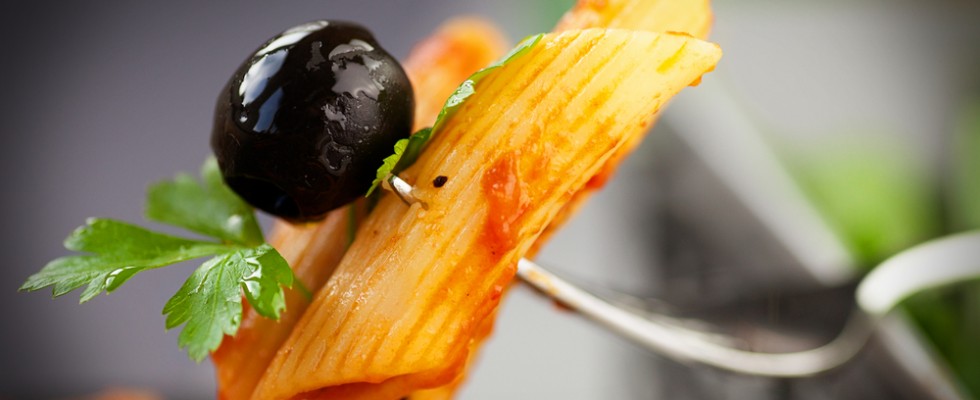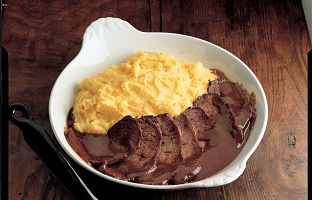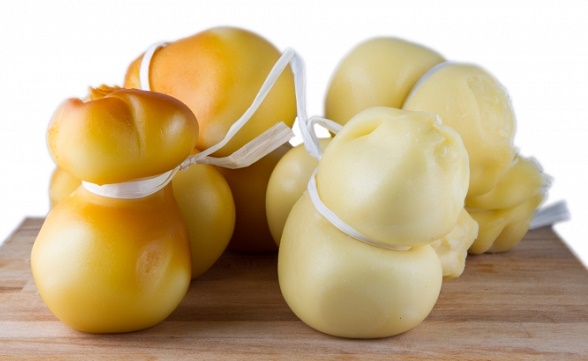Introduction
Al dente cooking is used only for pasta. It is important to clarify a foundation, al dente pasta does not exist. Or better, there is no scientific data able to clarify an exact moment whose pasta can be defined al dente. This empiricity of this condition should not create confusion, because pasta is cooked only and exclusively when it loses the inner line, or that soul of hard wheat, which once cut a rigatone, for example, appears as a white vitreous substance. So al dente is achieved temporally before that moment, even if we have not yet understood as soon as possible.
Dry pasta
The dry pasta in cooking reaches its maximum pleasantness very slowly and often passes away towards a less inviting state, that is overcooked with extreme speed. This pleasantness is known to be not a certain universal fact, so even before understanding how to have a dry pasta al dente, it is important to remember that each of us has a different level of perception, and if we put into the account that all Italians consume pasta, the fact becomes very complicated. According to a recent Doxa research commissioned by Aidepi, 99% of Italians eat pasta.
How to cook the pasta at the right point
First of all, avoid dipping pasta in water, especially if it is short pasta, in those large and substantial sizes that everyone likes. Rigatoni, paccheri, striped penne and mezze maniche do not like being thrown from the trampoline. Instead, do as you do in the southern regions: climb down slowly the pasta!
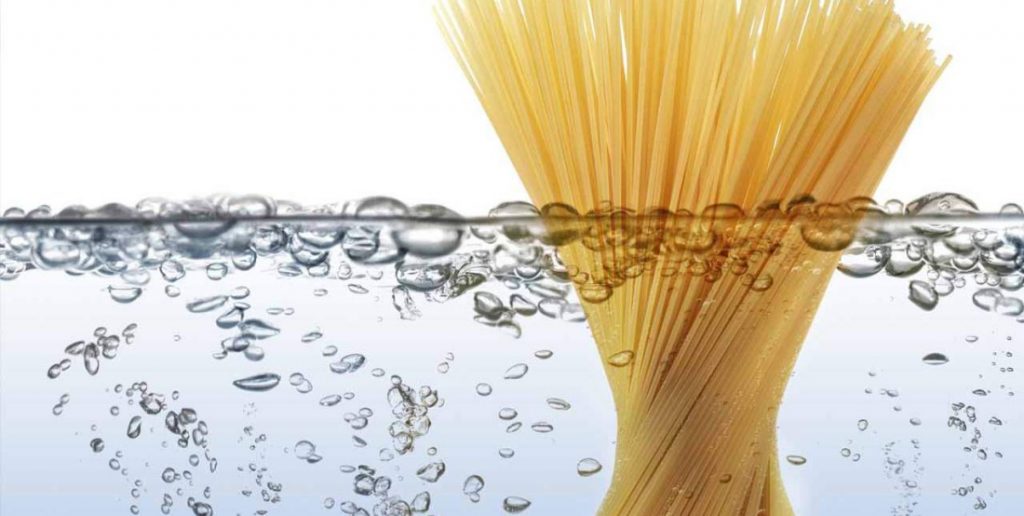
Simply slide it into the water with the addition of salt at boiling time, remembering that if you are in the mountains, the pressure has a great responsibility for the variability of the boiling temperature. Add it to handfuls with a certain speed, so that cooking is uniform.
Avoid give stress on the pasta, as eventual shocks could facilitate the formation of small superficial cracks, which cause the pasta to break when cooked. And nobody likes to have broken pasta in their plate. Once the pasta has been lowered, turn it with a spoon or with a skimmer or ladle. This movement must be carried out very gently, until all the macaroni are suspended on the water.
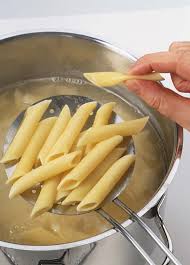 Again from the above research, it emerged that 59% of those who habitually consume pasta are terrified by the idea of having an amalgam of pasta attached in the pot. Turning it gently will allow the water to wrap the pasta evenly, because it is the water that cooks the pasta and hydrates it and transforms the starch making it swell, gelatinize and break down and making the proteins coagulate. It is important not to leave the pasta alone, even if it is more and more currently the fashion to set a timer and let it bake undisturbed. So you have to know that pasta does not like being alone and suffers from loneliness. So we advise you to watch the boiling pot and cook the sauce or seasoning you have chosen.
Again from the above research, it emerged that 59% of those who habitually consume pasta are terrified by the idea of having an amalgam of pasta attached in the pot. Turning it gently will allow the water to wrap the pasta evenly, because it is the water that cooks the pasta and hydrates it and transforms the starch making it swell, gelatinize and break down and making the proteins coagulate. It is important not to leave the pasta alone, even if it is more and more currently the fashion to set a timer and let it bake undisturbed. So you have to know that pasta does not like being alone and suffers from loneliness. So we advise you to watch the boiling pot and cook the sauce or seasoning you have chosen.
If you stay at the side of the pot you can check yourself that the temperature does not rise too much to make the water overflow, but also that the pasta bake evenly. Turn it from time to time and smell the steam that needs to know about grain, and in case you find suspicious odors, such as wet cardboard for example, or mold or stale, it may be that your pasta has been too long closed in the pantry.
The secret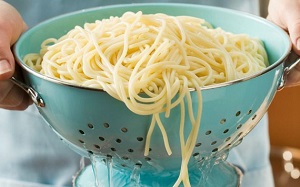
The secret of al dente pasta is therefore in tasting, and not given too much credit to the time indicated on the package, not because it is not correct, but simply because your taste may be different from that. In Rome there are many people who, for example, love to taste the pasta with the nail, which is still crunchy and with a tenacious taste, while in Naples some recipes include pasta cooking, and in Trentino they prefer to eat well-cooked pasta.
Drain the pasta according to your personal or traditional tastes, the seasoning that you will add and the time you have available, without forgetting that the pasta cooks even after being seasoned. If you know that the diners are for example the chronic latecomers and if you prefer it, drain it a little earlier and let it evolve on the plate. As we have seen, there is not a precise rule to savor pasta, but only respect some basic steps that allow you to savor it in the best way.

